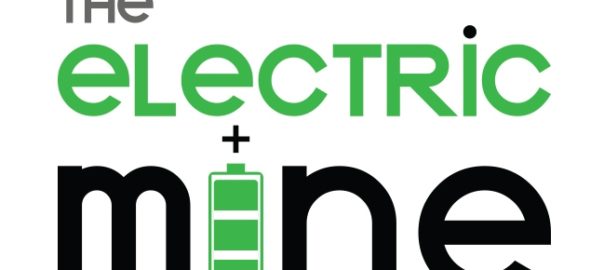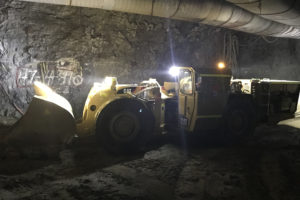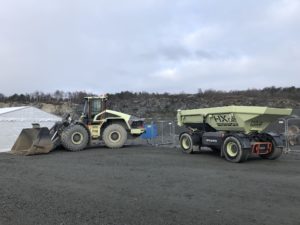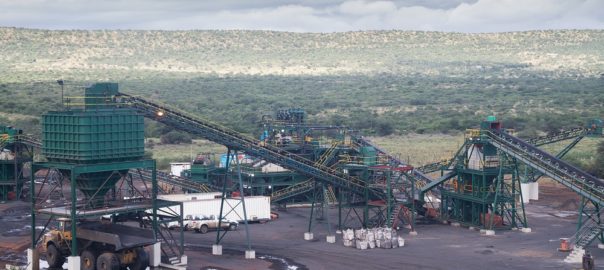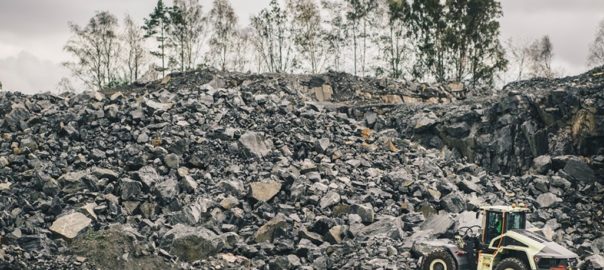CEMEX SAB de CV is to work together with Volvo Construction Equipment and Volvo Trucks to develop a zero-emissions fleet with electromobility solutions that aligns with CEMEX´s climate action program, “Future in Action”, it says.
The companies have reached a memorandum of understanding to closely collaborate to improve productivity and CO2 footprint through the global implementation of electromobility solutions on mobile construction equipment and trucks, productivity solutions and uptime services. Initial developments and trials of technologies are planned for a European site.
Rodrigo Konda, Key Account Manager at Volvo Construction Equipment, said: “CEMEX is a great example of how a company can truly commit to becoming carbon neutral in an energy-intensive industry such as construction materials. We are eager to partner with them and work together with an ambition to create the first CO2-neutral fleet in the construction space with our best-in-class productivity services as well as electromobility solutions.”
Vicente Saiso, Head of Global Sustainability of CEMEX, said: “Working together with a leading global company in electromobility construction equipment and trucks such as Volvo will strengthen our efforts to address climate change and reduce our carbon footprint to reach net-zero by 2050. We are excited to collaborate and develop a plan roadmap to introduce electric trucks and equipment throughout our operations.”
Under its Future in Action program, CEMEX recently announced a leading industry climate action target of below 475 kg/t of CO2 of cementitious materials, an approximate more than 40% reduction in CO2 emissions, by 2030. This new goal aligns with the “Well Below Two Degree” scenario of the Science-Based Target initiative. The company also reaffirmed its 2050 goal of being net-zero carbon in concrete.







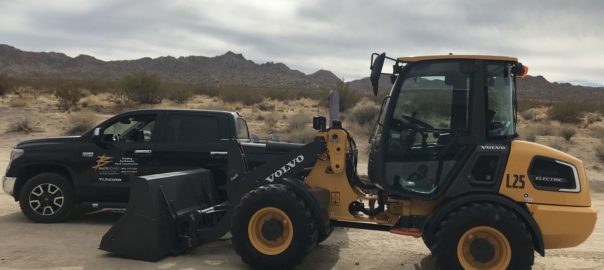
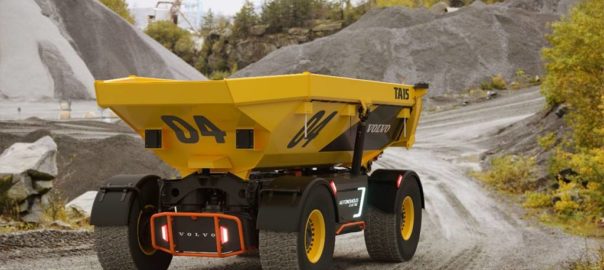
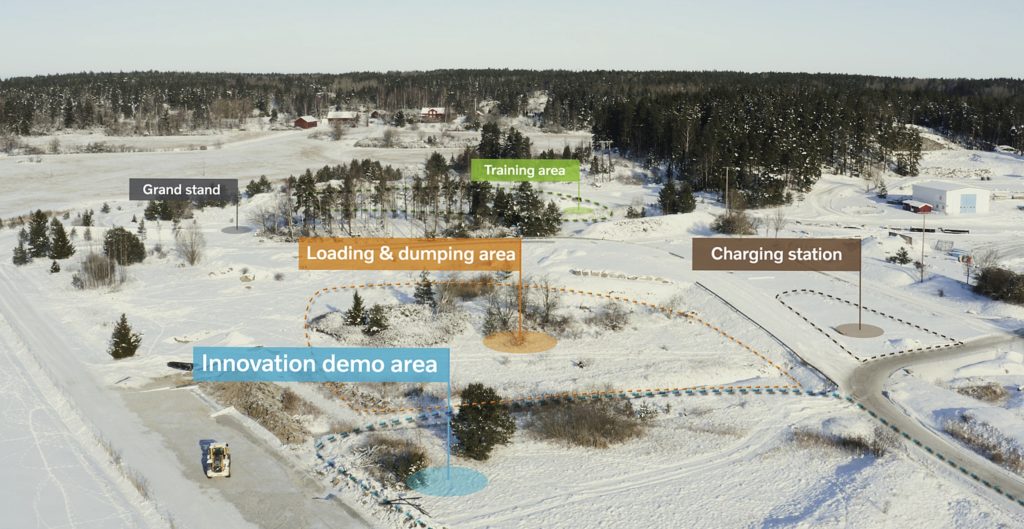
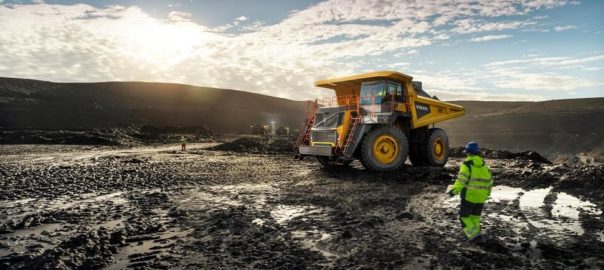
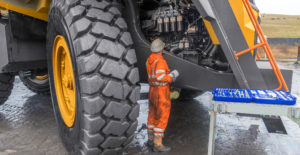
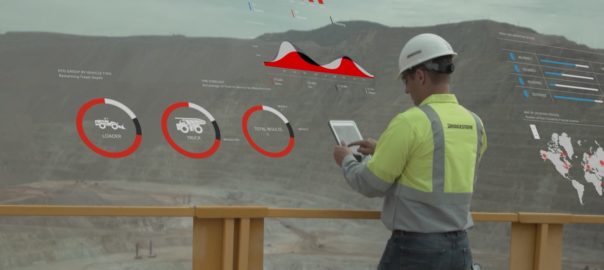
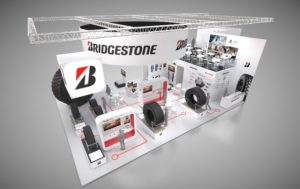 Bridgestone has also developed digital solutions that maximise the potential of these products, making the most of the digital technology that is being increasingly integrated into vehicles and machinery to increase productivity, decrease downtime, maximise operational potential and minimise the risks to personal safety. Part of the Total Tyre Care approach, two specific solutions will be presented at BAUMA:
Bridgestone has also developed digital solutions that maximise the potential of these products, making the most of the digital technology that is being increasingly integrated into vehicles and machinery to increase productivity, decrease downtime, maximise operational potential and minimise the risks to personal safety. Part of the Total Tyre Care approach, two specific solutions will be presented at BAUMA: